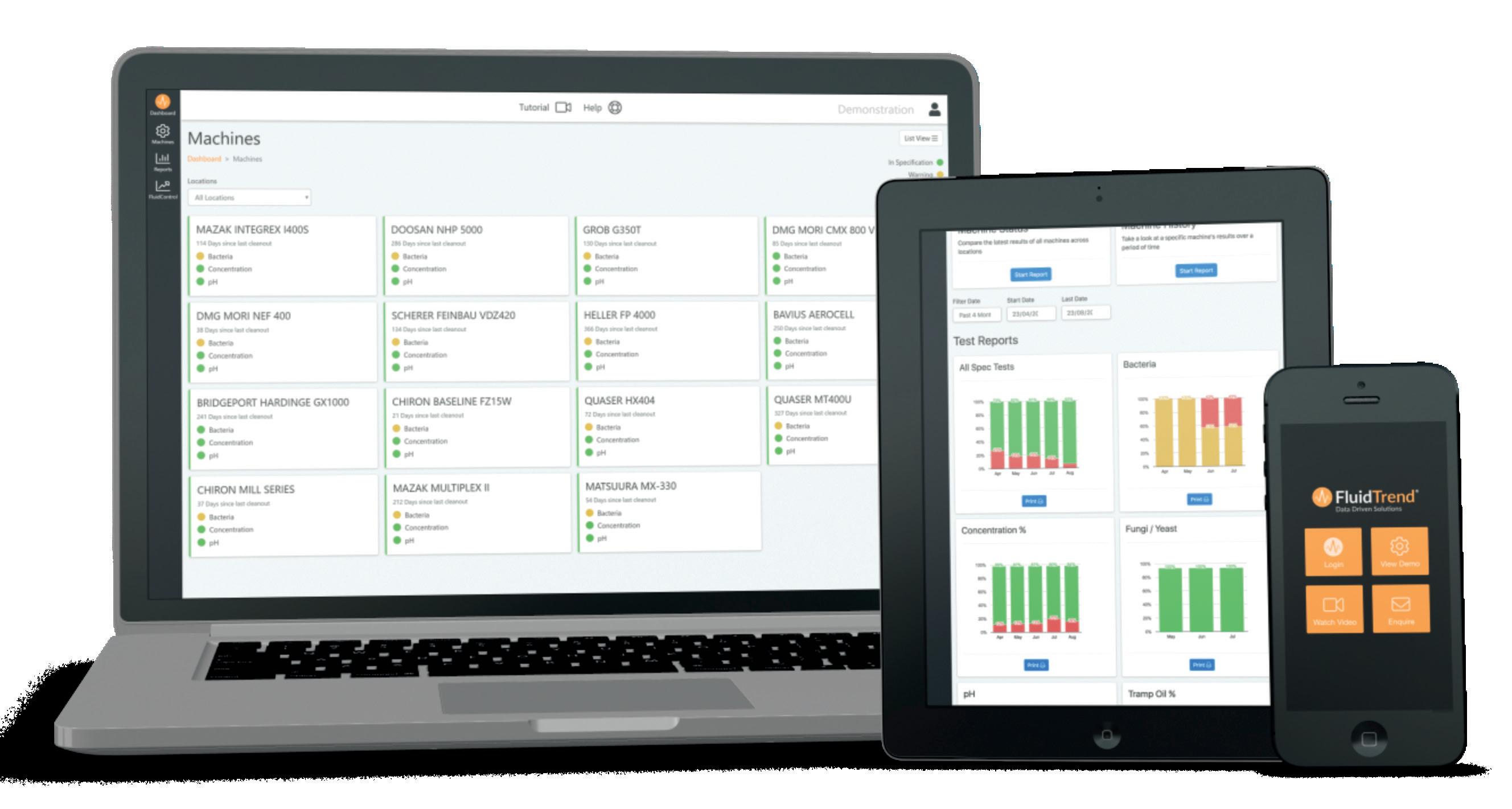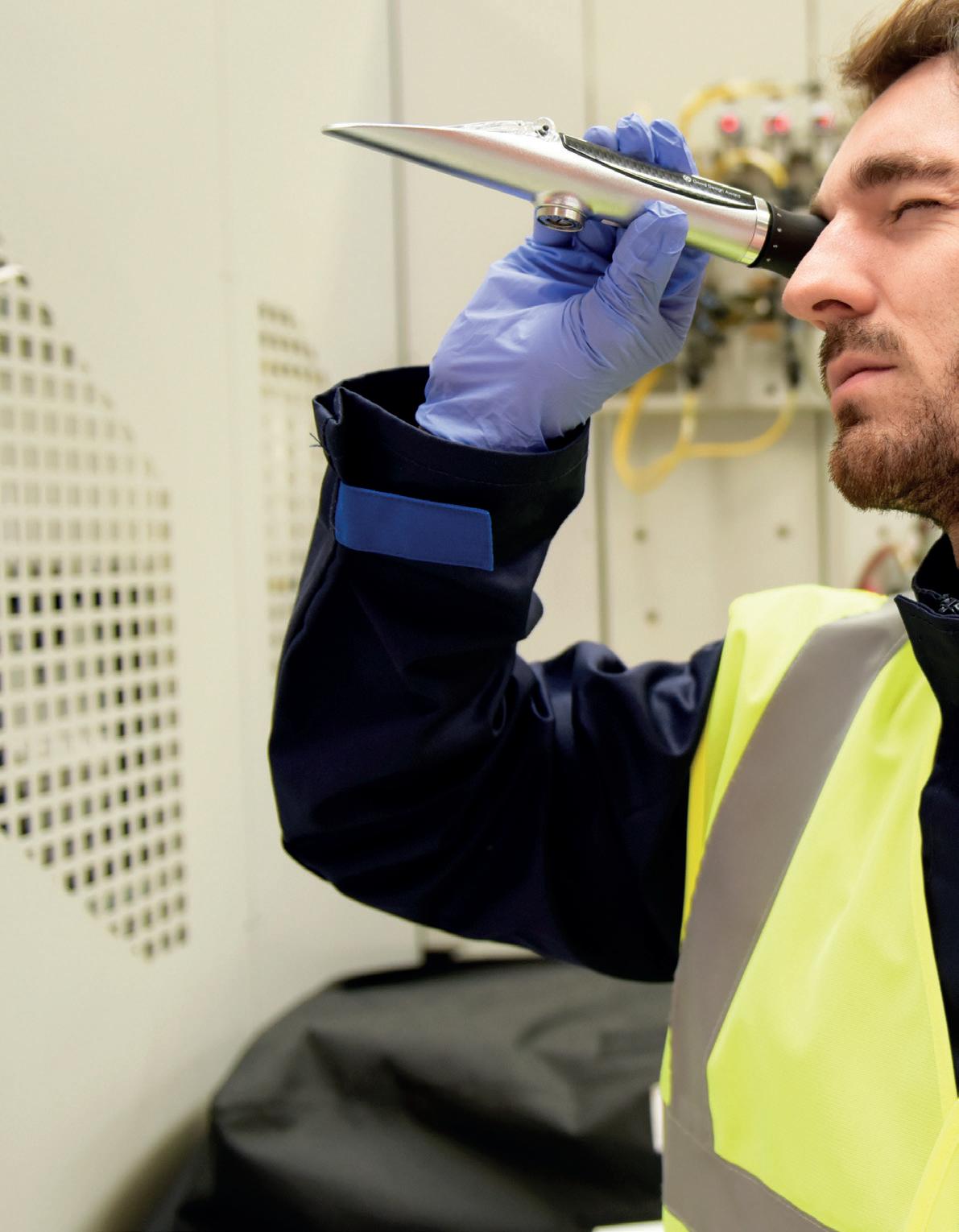Vacuum Evaporator Installation Significantly Reduces Waste Disposal Costs The Company • Global aerospace engineering firm • Manufacture aerospace components,
structures, subsystems and assemblies
• Supply companies including BAE Systems, Airbus, Boeing and Rolls-Royce
The Benefits • The equipment has the capability to process 2400 litres of waste per 24 hours
• 90% waste cost reduction • Annual disposal cost saving of £36,000 • Coolant and wastewater added to the waste stream processed through the evaporator
The Challenge • Generated roughly 2000 litres of waste per week
• Waste consisted of Britemor fluid,
• Quaker Houghton offered a turnkey
package with a payback on investment of 1.5 years
• High reliability and low maintenance of the evaporator process
wastewater and machine coolants
• A large stockpile of Britemor waste fluid had accumulated onsite – required disposal
• Cost to remove was estimated to be around £36,000
The Solution The cost of waste disposal via a third-party contractor was prohibitive to our client, who was seeking a more cost-effective solution. Quaker Houghton proposed the installation of a vacuum evaporator system that has the capability to separate the waste stream into a water phase, condensate and concentrate, generating an 80 to 90% reduction in the waste volume.
Customer Testimonial Since Quaker Houghton provided us with an Evaporator we have seen a significant reduction to our waste removal costs. The Equipment has now been running for over two years and we have recently added a new evaporator to our chemical treatment plant. The Equipment, as well as reducing our costs, has shown itself to be very reliable and virtually Maintenance free.
The decision was taken to conduct an onsite trial at one of the client’s sites with a 4-week evaluation using a Veolia Water E2400 Vacuum Evaporator. The large 90,000 litres of buildup Britemor waste was initially processed at around 85% efficiency. The subsequent processed fluid was allowed to be discharged as a condensate to foul drain, raising the efficiency to 90% after just two weeks. Samples off the condensate going to drain were taken every two days for analysis to ensure compliance with local authority consent limits.
33









